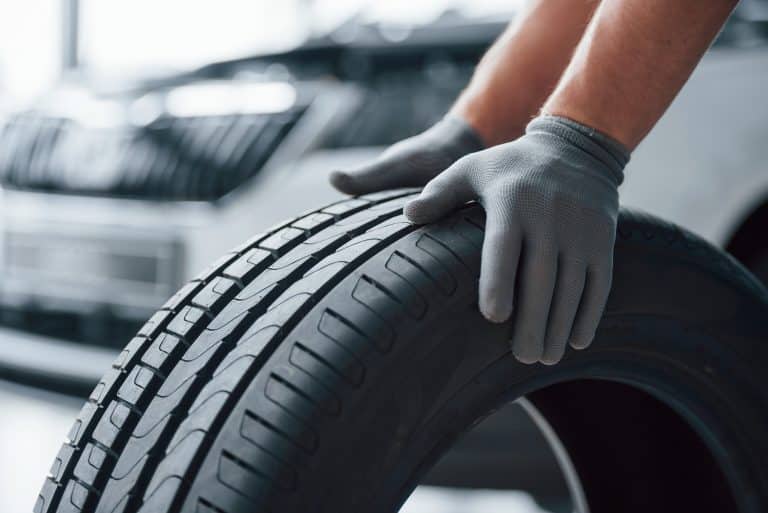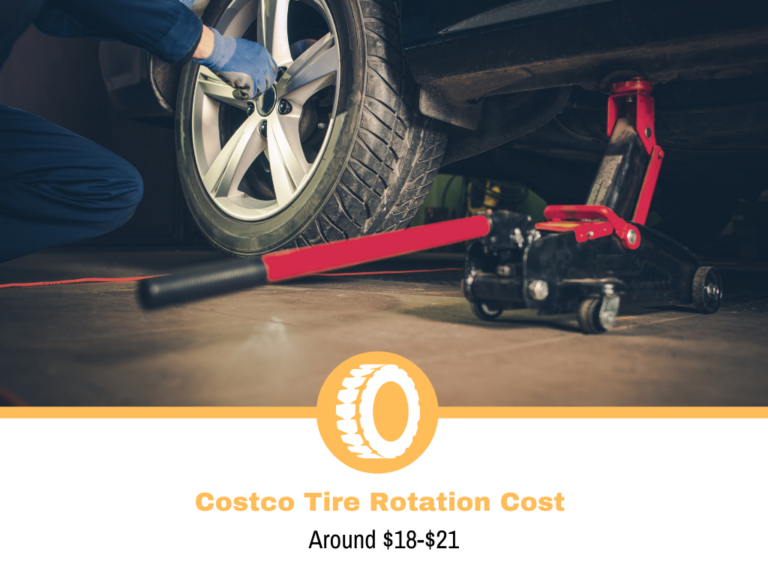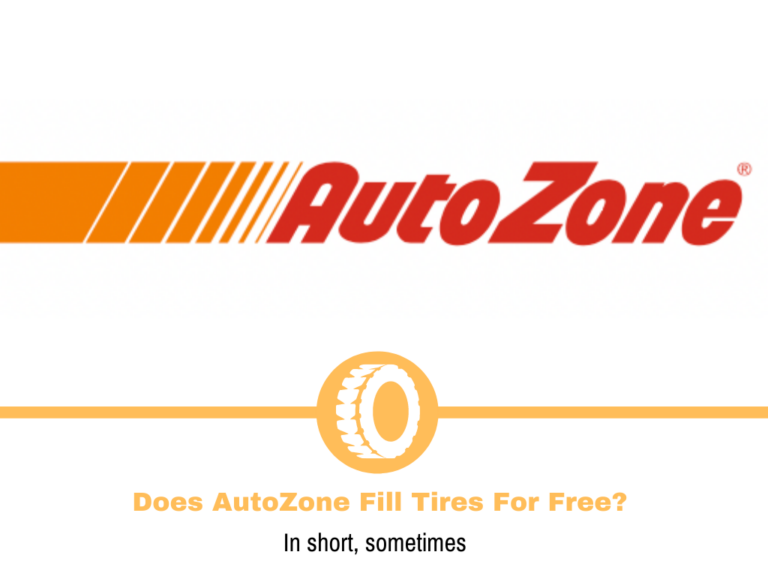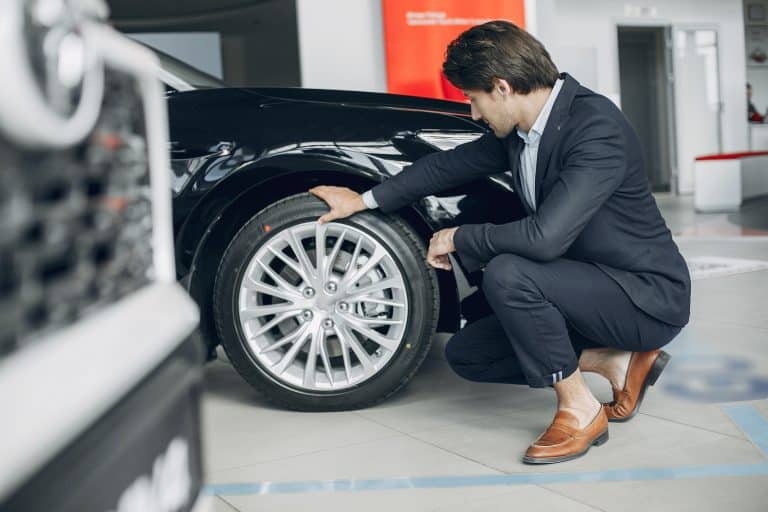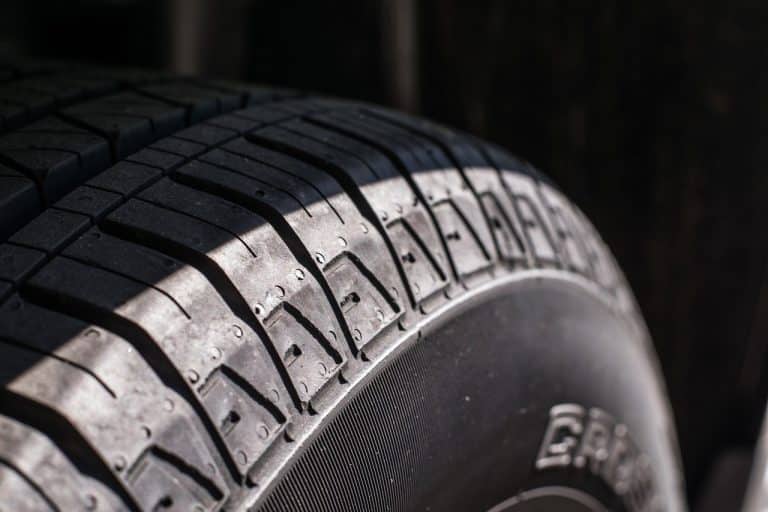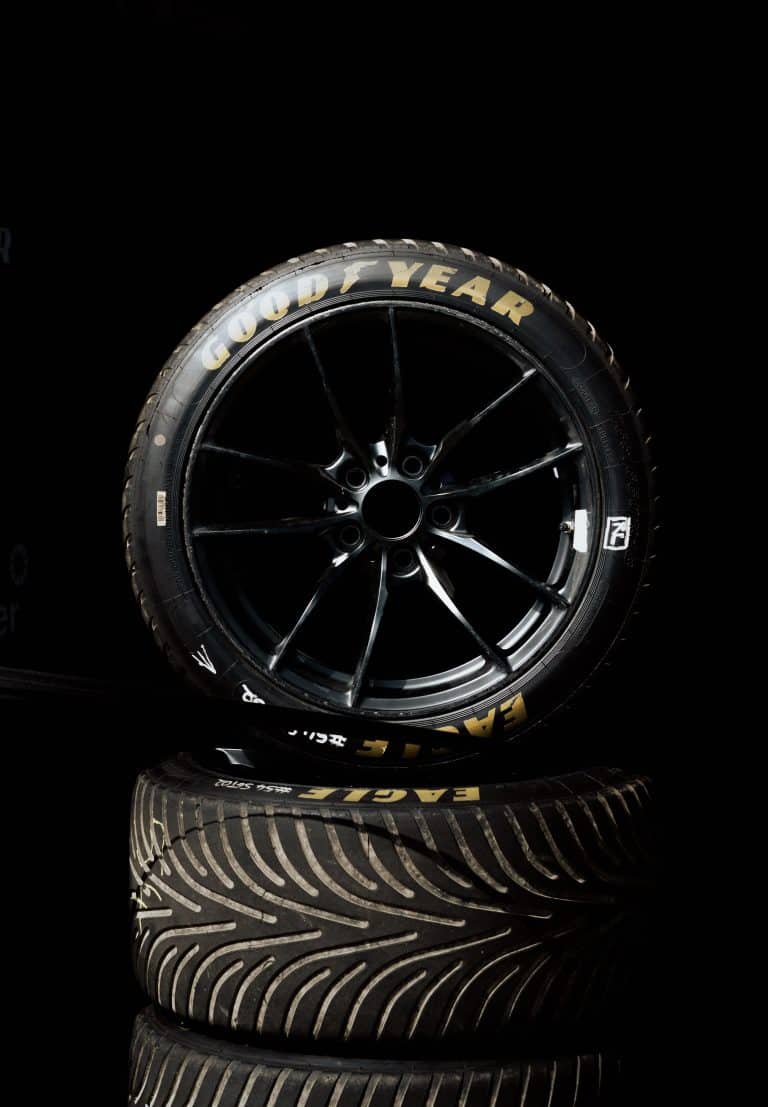Can I Put Bigger Tires On My Truck Without A Lift?
Installing bigger tires on a truck improves its overall traction and handling, enhancing the performance and off-road capability, regardless of whether the truck has a 4×4 or a 4×2 drivetrain.
These larger tires equate to more contact to the ground, thus also improving braking performance should an emergency maneuver or stop is required. All these are at the expense of decreased fuel economy and acceleration.
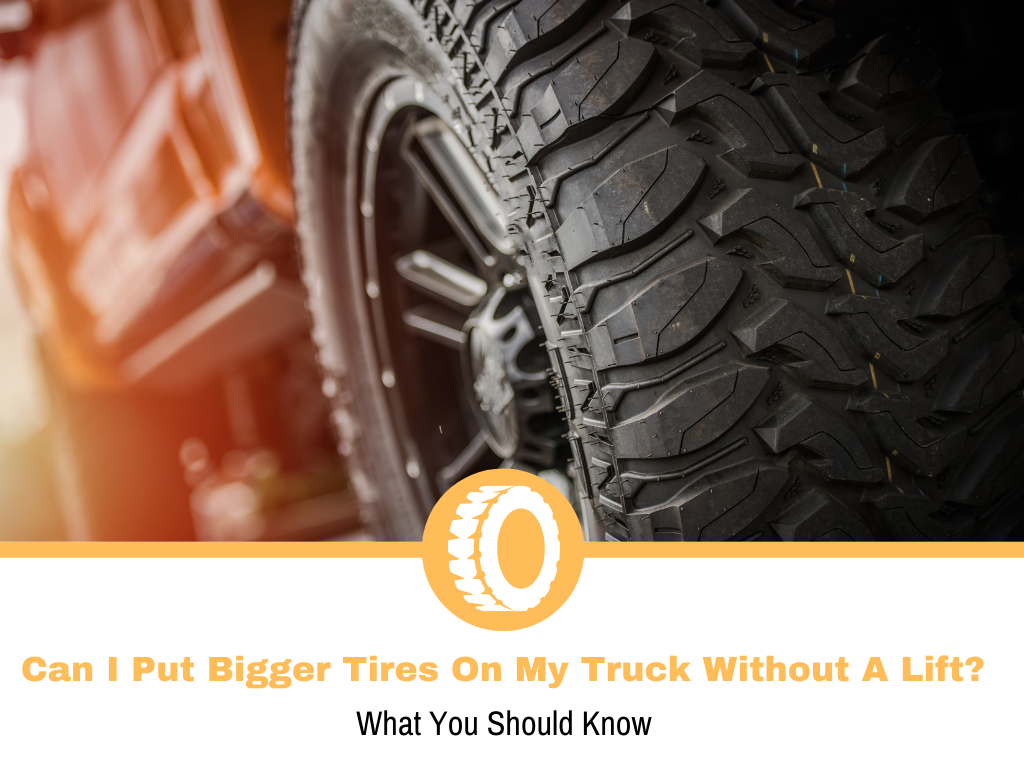
Downsides aside, bigger tires bring freedom to tackle challenging trails and are open doors for more exciting off-road adventures that stock tires might fail to deliver.
A plausible action before the installation of bigger tires is by lifting your truck with an available aftermarket lifting kit. However, lifting your truck adds stress to your suspension system and drivetrain that may lead to premature wear, not to mention the cost of the kit and the time your truck will spend working on the upgrade.
Alternatively, you can still put bigger tires on your truck without the need for a lift kit. You can fit up to 33-inch tires just by following some pre-installation modifications.
Pre-Installation Modifications
You can avoid the hassle of installing bigger tires only to find out that they will not fit properly in your truck by following these pre-installation adjustments. These modifications can range from adjustment on the torsion key, use of wheel spacers and leveling kits, to fender rolling and trimming to fit the wheels properly.
Torsion key adjustment
The torsion key is responsible for load increase or decrease on the torsion bars, this, in turn, raises or lowers the vehicle and makes the suspension stiffer or softer.
Since the adjustment is also crucial in terms of ride quality, you must take into consideration not to adjust these to their maximum limit as down travel is not possible with this adjustment. Adjusting the torsion keys to their limit might result in damage to the suspension system and will greatly affect ride quality.
Fitting the hub with wheel spacers
Wheel spacers put a gap between your tires and the wheel hub. Installing these before attaching your wheels to the hub will position the tires further away thus preventing them from rubbing in the wheel arch.
However, there are considerations before pulling off this modification, such as 1) check with your suspension if it can handle additional stress since you are shifting to a new angle that leads to an extra weight to the suspension brought by spacers; 2) check with your local rules and regulations on the maximum allowable distance of tires sticking out of the vehicle, and 3) the length of the hub bolts.
Rolled up fenders
This process can be done by heating and reshaping the fenders. By bending the truck’s inner lip of the wheel arch, the tip that resembles an L is shaped down to a narrower V. This makes room for the bigger tires to move freely within the arch without rubbing on the fenders.
Fender cutting and trimming
Another process to pave a way for the bigger tires to fit in a wheelhouse is by trimming and cutting fender parts. If you are not familiar with this process, it is suggested to have this work done in a shop with an experienced fabricator as this is not only time-consuming but also requires precision skills.
You can still have this process done though. You’ll just have to plan your way into cutting first before powering up that air saw. Mark the areas where you’ll trim the fenders with masking tape. More importantly, avoid areas with spot and pinch welds as cutting within these points will compromise your truck’s structural integrity that keeps the body from falling apart.
Leveling kits
Leveling kit lifts the front of your truck to level it with the back of the truck. Lifting the front of the truck to about 1 ½ to 2 inches gives enough space for the front tires especially when turning left or right.
Adjustments to look out for when replacing bigger tires
The task of fitting bigger tires properly and with considerable space in the wheelhouse doesn’t end at tightening the last wheel nut. You should also check other parts of your truck indirectly affected by the modification. Some of these include the speedometer and odometer which needs recalibration, checking your transmission and differentials’ performance, and of course, your headlight since the overall height of the truck has been increased.
Recalibrate speedometer
Shifting to bigger tires will have a significant impact on how your speedometer’s sensor detects accurate speed. You’ll notice that you are running slower than the actual speed when you compare it with a GPS or a tracking app.
This is because sensors are programmed to read accurately with stock parts, and since you’re upgrading your tires with a bigger one, these will throw off the calibration. You may opt to check it as soon as you have installed the bigger tires as speed miscalculation will likely end up in a speeding ticket.
Transmission Performance Upgrades
Bigger tires put additional stress not only on your suspension system, but these can also affect the performance of your transmission and differentials. Take note that they are originally designed for stock sizes and weights, and a modification, especially when additional weight is involved will need the same upgrade.
Headlight adjustment
An increase in the overall height of the truck will also affect where the headlight beam will point on too. Adjust the headlight to point downward so as not to blind oncoming drivers and those driving in front that may be distracted by your headlights beaming directly to their rearview and side mirrors.
Conclusion
You can put bigger tires on your truck without the need for an expensive, time-consuming, and labor-intensive lift kit. However, to accomplish this upgrade, you need to conduct certain modifications on your truck’s suspension and fenders for the tires to fit within the wheel arch, preventing the tires from rubbing against the fenders.
